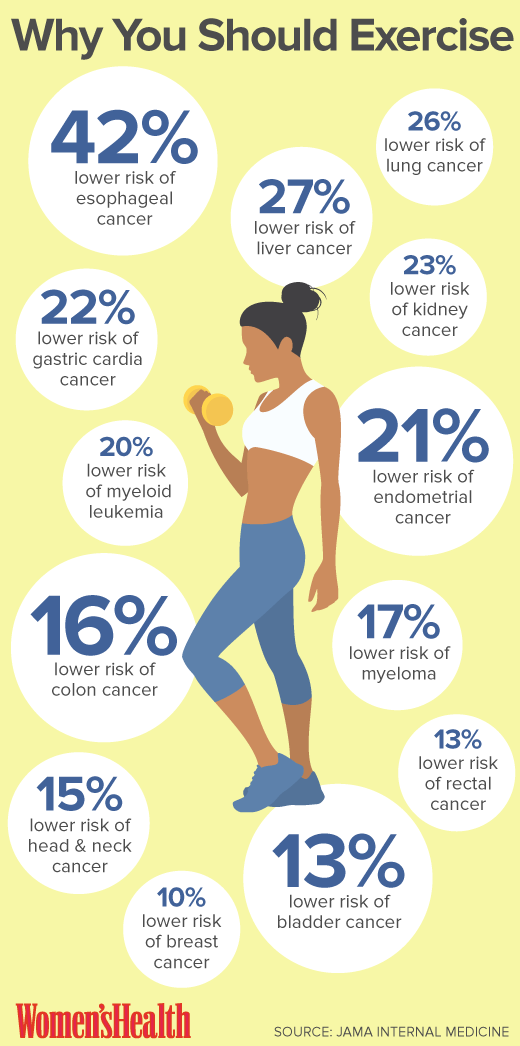WALKING TO WELLNESS PROGRAM LOOKING FOR FUNDING!
Statement of Need
A growing number of studies have looked at the impact of physical activity on cancer recurrence and long-term survival. (Cancer recurrence is cancer that comes back after treatment.) Exercise has been shown to improve cardiovascular fitness, muscle strength, body composition, fatigue, anxiety, depression, self-esteem, happiness, and several quality of life factors in cancer survivors. At least 20 studies of people with breast, colorectal, prostate and ovarian cancer have suggested that physically active cancer survivors have a lower risk of cancer recurrence and improved survival compared with those who are inactive. Randomized clinical trials are still needed to better define the impact of exercise on such outcomes.
– American Cancer Society
Cancer patients often experience a decrease in activity that may lead to decreased muscle strength, increased fatigue and weakness, and increased risk for osteoporosis and other chronic conditions (i.e., high blood pressure, cardiovascular disease), as well as depression.
Exercise can reduce the risk of other chronic diseases. It may also have a role in preventing future cancers or recurrences, and impact quality of life after cancer.
Researchers have determined that approximately 20 percent of cancer survivors have reported material financial hardship. In addition, women, racial/ethnic minorities, and those who had most recently received treatment reported higher levels of material financial hardship.
The Program
The Walking to Wellness Program is an individual assessment health improvement plan. The plan consists of leader-facilitated group interaction focusing on cooperation, developing goals, and the process of reaching those goals. The program stresses individual attention and support and requires a 2-day per week, 6-week commitment to creating a healthier lifestyle. It is a cost-effective program with far-reaching benefits.
The program promotes support from within the group through the development of trust and sharing, as well as leader-provided group and individual walking, motivational support, and positive reinforcement between meetings. That is what makes this program unique. In my experience as a walking coach, you can’t just suggest people walk on their own. Until it becomes habit, you have to be there to walk with them, talk with them, and encourage them along the way.
The two main focuses of this program are walking and changing unhealthy habits, inspired by the book, “The Power of Habit” by Charles Duhigg.
This program is for cancer patients and survivors who:
- Have high levels of stress, depression and fatigue
- Have fewer opportunities or lack the motivation for physical activity
- Have experienced material financial hardship because of cancer
- Want to change unhealthy habits into healthy ones
- Want to feel strong and healthy again
- Want to feel energized and empowered to move forward after treatment
Price
A single 6-week program with 7 participants can be funded for $2,477.
Funding 12 programs annually for a year would cost $29,724.
Evaluation Methodology
The effectiveness of the program on participants’ overall health and well-being will be measured using validated screening tools.
Qualitative Measurements:
- Overall mental well-being
- Overall physical well-being
- Energy Level
- Stress Level
- Mood
- Attitude
- Self-Esteem
- Confidence
- Discipline
Monthly Group Follow-Up Meetings
Once the program is completed, participants will meet monthly for ongoing support and personal tune-ups. This will continue for four months.
Alumni groups can be formed for sharing successful stories with new groups.
Summary
What makes this Walking to Wellness program unique is that it utilizes interactive learning in combination with shared experiences in a safe and supportive environment. The long-lasting benefits of this program far outweigh its costs, which are comparatively minimal.
In my experience as a walking coach, simply suggesting to people that they begin to walk on their own rarely yields behavior change. Until walking becomes a habit, being there to walk with them, talk with them and encourage them along the way, provides just the supportive environment needed to effect that desired change. We don’t just talk, we “Walk the walk!”

